I have wonderful memories of making my homemade applesauce with the kids every year. Although we no longer live near apple trees (the climate is too warm here!), I continue to enjoy crafting my own applesauce. Unlike other canning projects, I find that homemade applesauce is well worth the effort, not to mention it fills the house with a delightful aroma!
Just a heads-up… once your family tastes it, they’ll never want store-bought applesauce again. Mine certainly doesn’t!
Simple Steps to Craft the Best Applesauce
There’s no contest between homemade applesauce and the watery version from stores. Homemade applesauce bursts with apple flavor, and you also avoid additional sweeteners found in store-bought options.
While it’s simple to make a small batch when needed, we generally prepare larger batches for canning. For those looking for a quick method, I’ve included instructions for an Instant Pot version. It tastes fantastic with a pinch of apple pie spices and a splash of fresh lemon juice. My kids can’t get enough of it!
Guide to Canning Homemade Applesauce
Here’s our method…
Step 1: Plan Your Canning Weekend
Planning and canning applesauce is most manageable on weekends, especially with young kids at home. We often choose an ideal fall weekend for this family activity. Many hands contribute to easier work!
Make it a full day by visiting the farmer’s market or an apple orchard together. It’s an opportunity for the kids to enjoy the experience and for you to find reasonably priced, organic local produce.
Step 2: Calculate How Much Applesauce You Need
Deciding the quantity to make is key and varies by family size. Tackling too much at once can take the fun out of cooking and canning. (Trust me on this one!)
From my experiences, one bushel of apples usually gives about 15-16 quarts of applesauce. For our family of seven, I often opt for 2 bushels to last roughly six months.
Helpful equivalents to remember:
- 21 lbs of apples yield about 7 quarts of processed applesauce (one water bath canner full)
- 1 bushel equates to 40 lbs of apples
Don’t hesitate to buy extra apples to snack on, bake with, or dehydrate. We love creating seasonal dishes like apple cinnamon muffins, apple pork chops, apple cider, apple butter, and side dishes like shaved apple kale salad.
Step 3: Purchase Apples (Local and Organic Preferred)
While homemade applesauce doesn’t necessarily save on time, it can save on cost. In my first year of making applesauce, I snagged a bushel of organic apples from our CSA for just $20—a steal!
Step 4: Clean and Prepare Apples
Even though I purchase pesticide-free and wax-free apples, I recommend soaking them in vinegar. Fill the sink with vinegar and water, and let them soak to remove any dirt or debris from harvesting. After soaking, rinse thoroughly with clean water.
You might choose to peel the apples, but I prefer leaving the skins on. Cut the apples into quarters and remove the cores before cooking. (If you have a KitchenAid, specific attachments make slicing and coring a breeze.)
Step 5: Cook Until Tender and Blend
You can cook the apples down using a slow cooker, Instant Pot, or large pot on the stovetop. Simmer the apples under a lid on medium heat with less than a cup of water added to the pot. I generally add a few tablespoons of cinnamon to each batch of apples.
Since I keep the skins on, I use an immersion blender to make them smooth once the apples are tender. The alternative is a large blender, food mill, or food processor. The objective is to blend the skins until they are unnoticeable. You can choose the texture you prefer, whether smooth or chunky.
Step 6: Preserve, Can, or Enjoy Immediately!
After cooking, the applesauce is ready to be enjoyed! Invite your kitchen helpers to sample some warm applesauce before canning. For those new to canning, a helpful FAQ is a good starting resource.
Enjoy this new autumn tradition. I hope it brings you as much joy as it does us!
Best Apple Varieties for Making Applesauce
Consider asking an organic farmer for “seconds” — apples that don’t look perfect. Since the apples are cooked and blended, appearance doesn’t matter, making them more affordable. The types available depend on local farmers and which apples are suitable for your region’s climate.
We often use McIntosh, Jonathan, Gala, Fuji, and Ida Red. Mixing three or more types results in better flavor. Combining tart apples like Granny Smith with sweet ones like Pink Lady, Honeycrisp, or Golden Delicious creates a delicious taste.
Ever tried making applesauce? How did it go?


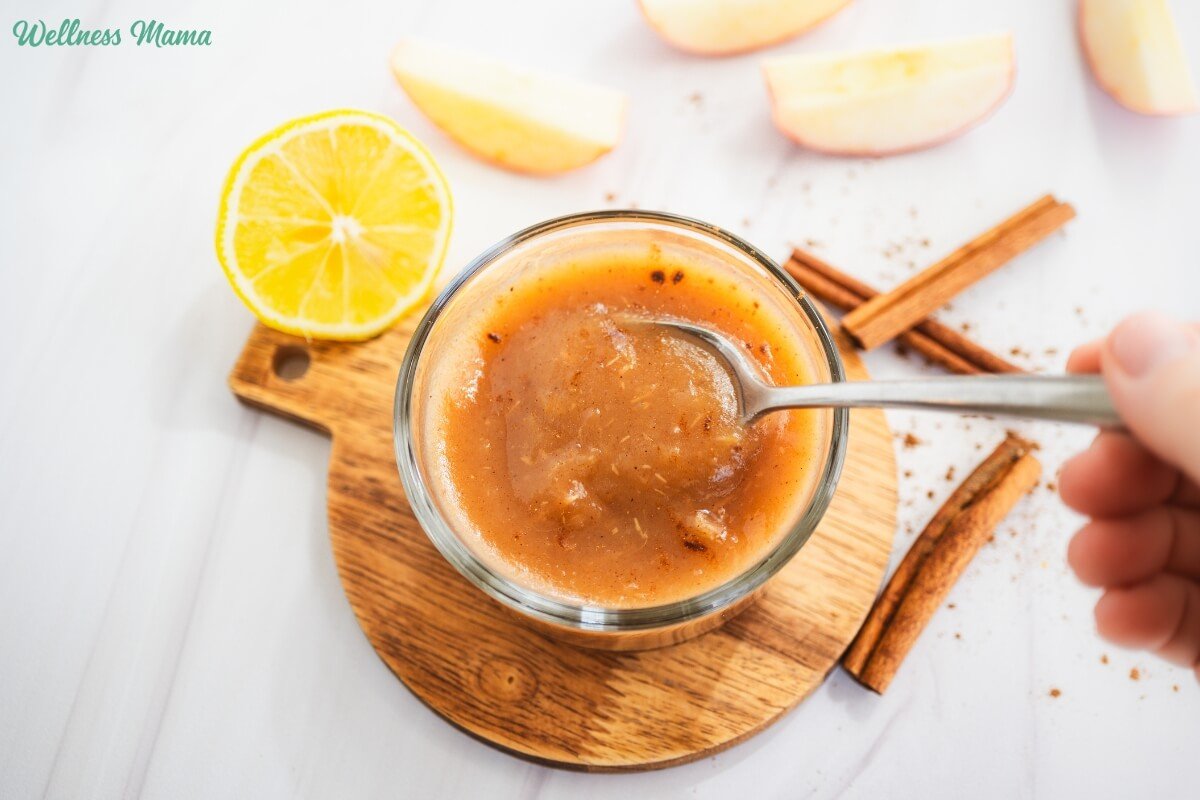

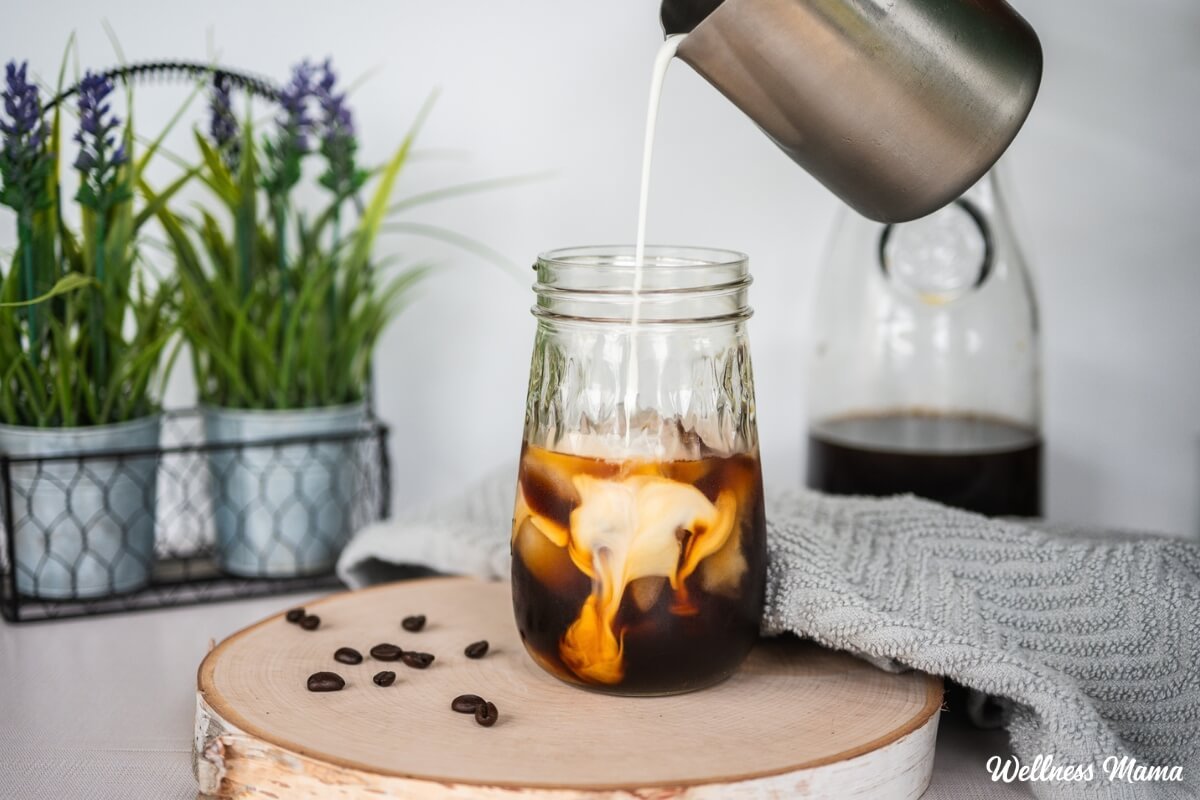
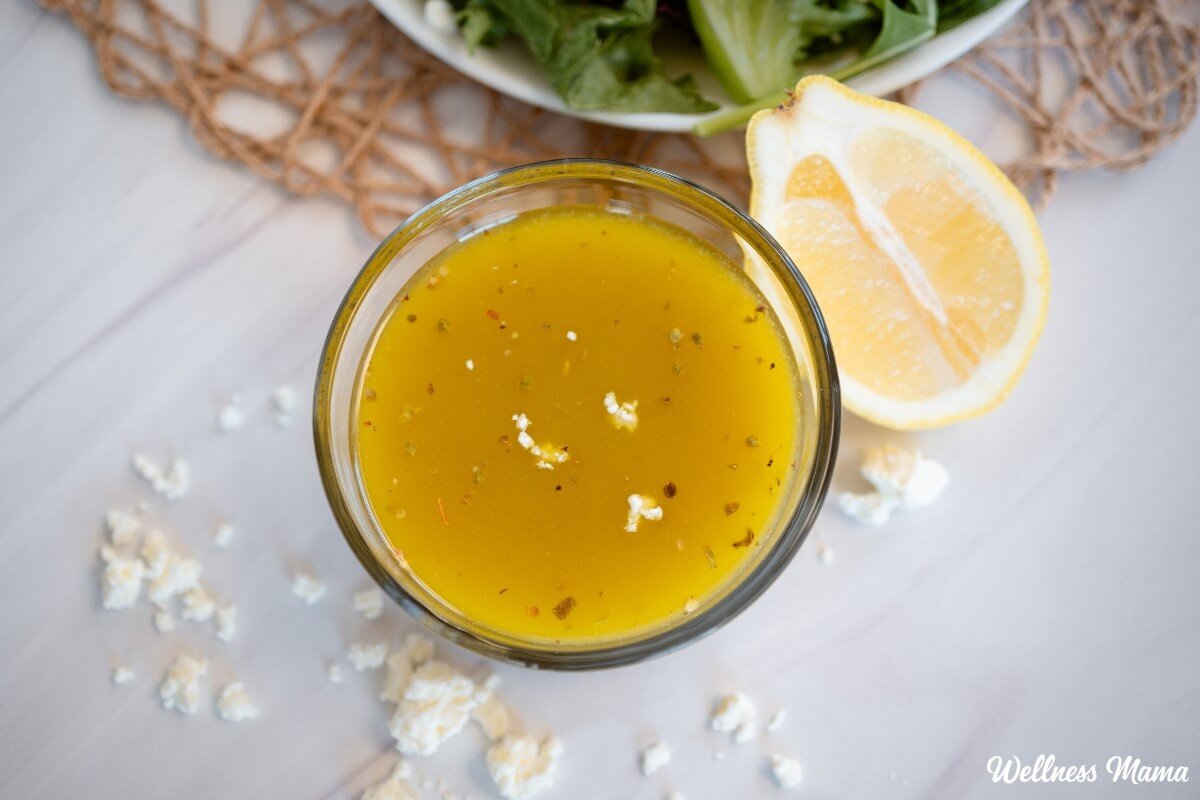
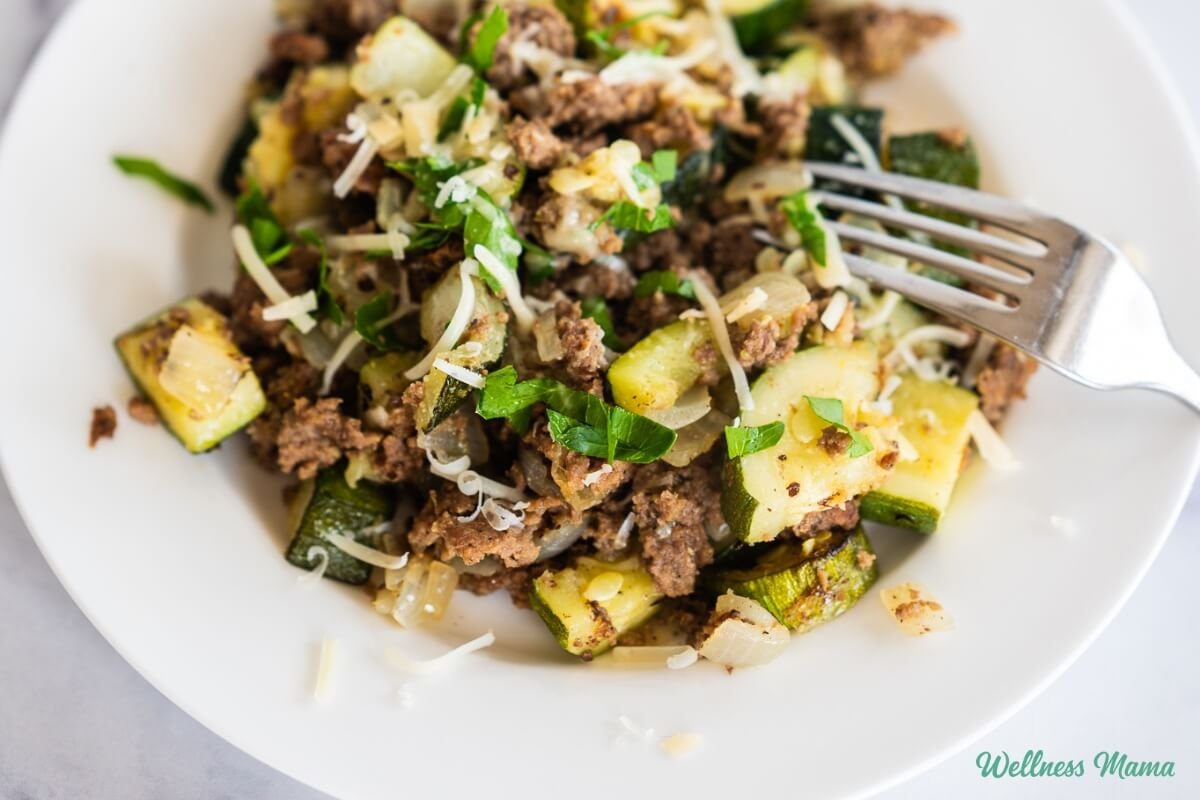

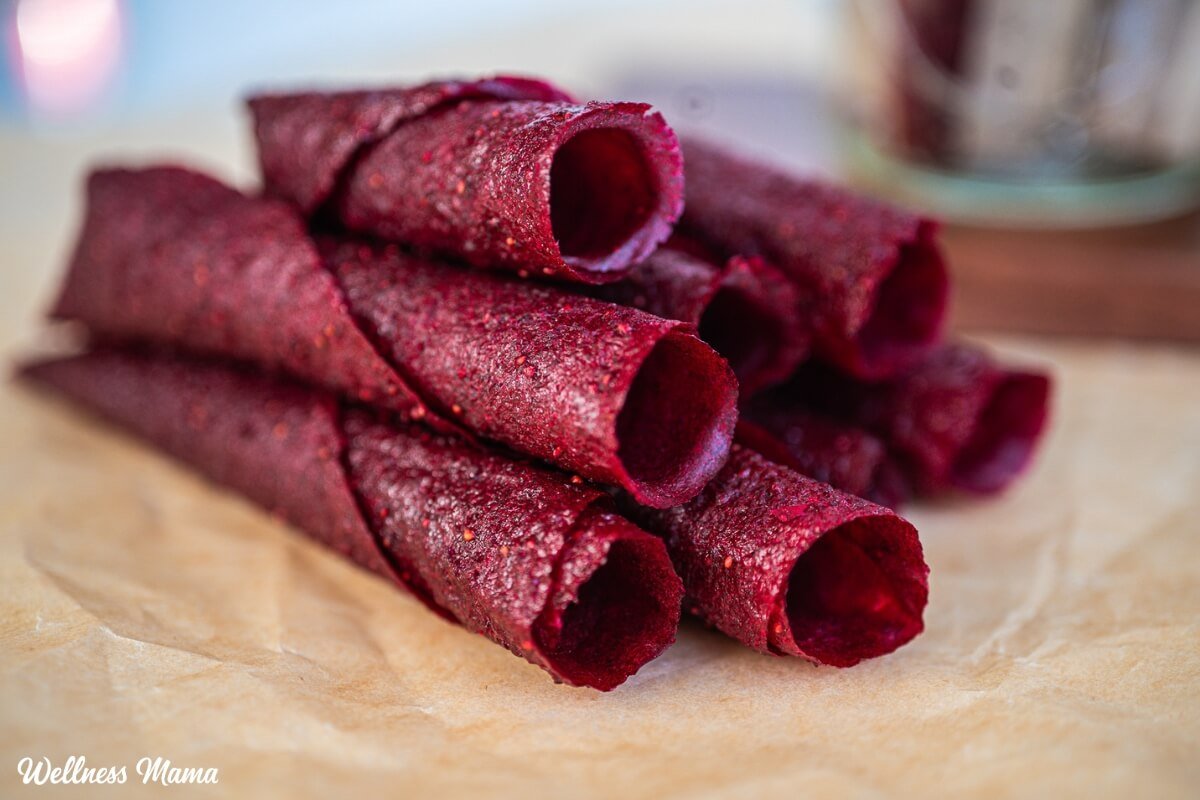


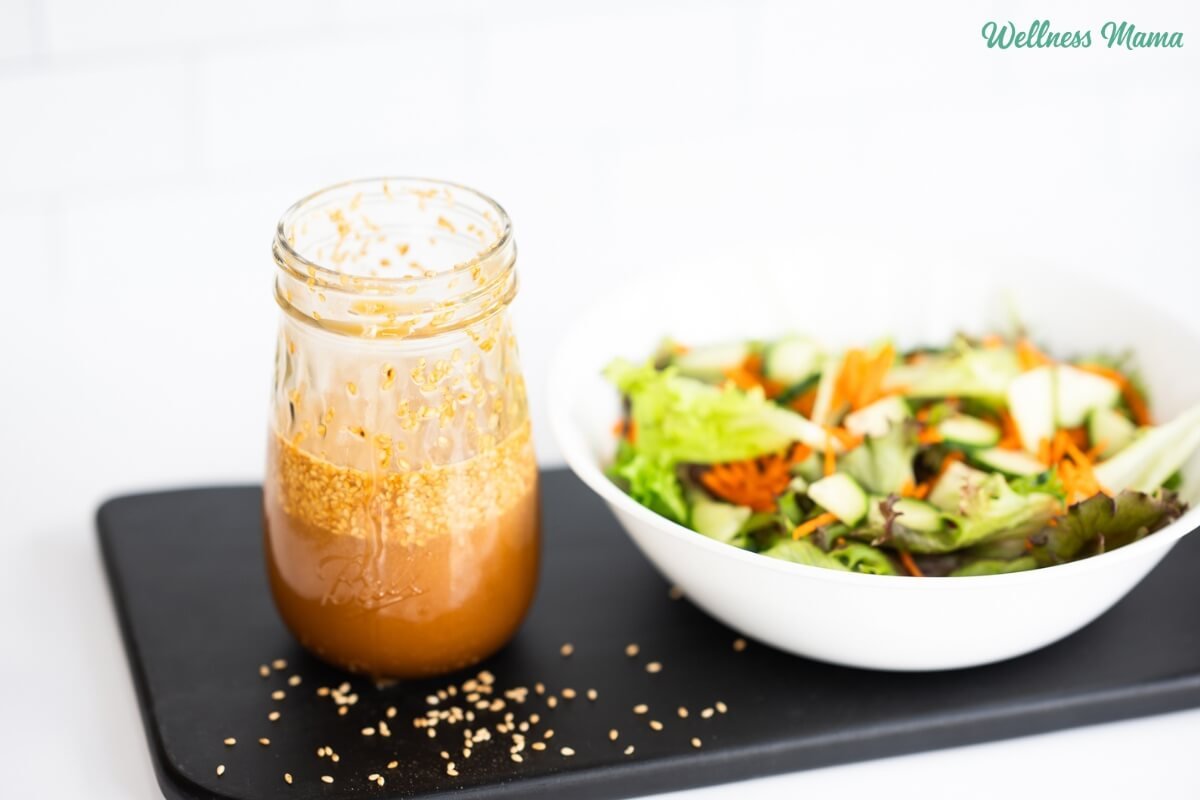

Leave a Reply